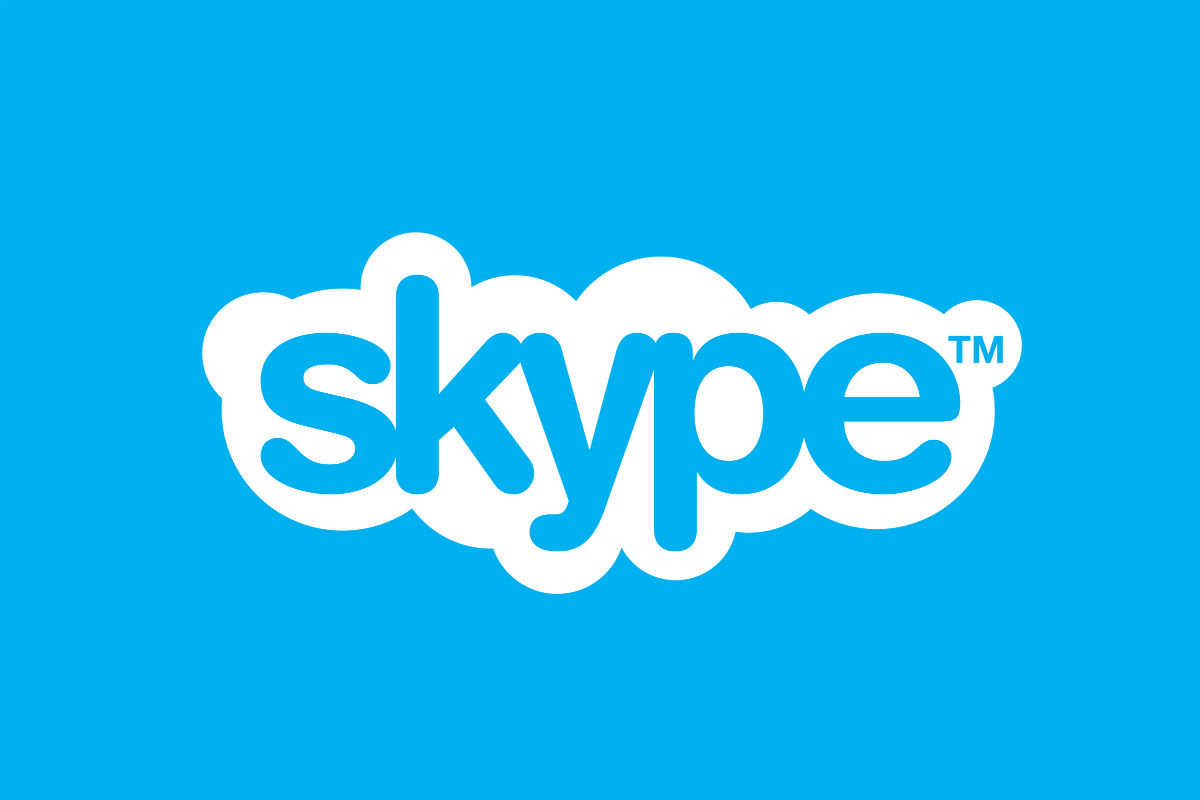What is Skype for Business?
What is Skype for Business and what can it do for you? Steve Cassidy takes a look...

Skype for Business: Don’t Panic. It’s coming. Or at least, something is coming...
It may seem like a stroke of marketing genius to give Microsoft’s forthcoming business telephony server (pardon me, Unified Communication Platform) a functional, multi-word product name, but for us researchers it's a royal pain. Largely because such is the take-up of Skype by businesses already that the web has long been stuffed with pre-existing guides, videos and how-to pages on the best ways of using Skype (the consumer client and services) for business purposes.
Woe betide the incautious surfer who thinks that any of those pages are in fact a guide to the new world of “Skype for Business”, which is the official name for Lync, version (the next). While Microsoft has made firm promises to bring the Lync PC desktop client in line with the user presentation of the Skype desktop client, it hasn't talked very much about the back end, which is pretty much an incremental update from the current versions of Lync Server.
This is going to catch a lot of Skype fans on the hop. Skype has in any case been a bit of an orphan in the user-interface stakes, excused from criticism mostly because what it does is both useful, and reasonably persistent. The days of Skype calls frequently providing such poor audio that you would think they had been routed round the dark side of the moon instead of over the friendly internet, are largely behind us. That said, there are still circumstances (poor Wi-Fi or running the Skype Client inside a Virtual Machine) where the strain starts to show – but that doesn’t matter to the hard core Skype user one tiny little bit. Such is the draw of long-haul audio and video calls with loved ones that almost any eccentricity of UI or peculiarity of interpreting the Window app rules is permissible.
Possibly the most intrusive exercise following Microsoft’s shock purchase of Skype was the way that the Skype user identity database was slowly amalgamated with and cross-checked against the various Microsoft databases. I was an early casualty of this process myself, having used the same credit card to charge my Skype Out account as I had to be an Xbox Gold member and an Azure user. The contexts of each of those services are wildly different – but that didn’t stop them being combined.
This sounds like a stuffy old nit pick, I know, but think about this from the perspective of a promise to at least common-up, if not entirely unify, the Lync and Skype experiences. Same look and feel to the clients does not equate to same workload with the behind-the-scenes stuff. Skype is all about keeping a spreadsheet of your company skype account usernames, passwords, associated credit cards and users: Lync is one of those innocuous sounding products that lives at the top of the Microsoft server-room architecture stack, and yet still manages to extend numerous tendrils in directions which normally are left well alone by that world, like the phone lines that still come into your building, or the emergency phone in the lift.
The proposal to merge the two products under a single label is therefore a bit of a minefield for the classic internal IT department – the ones who have all those years of experience with the Windows Server product set and therefore might be expected to have the best shot at making a Skype for Business rollout into a practical reality. Having a clean enough Windows Domain and data centre that you can reasonably expect on-premises Exchange and SQL Server to run without persistent hiccups is just the entry requirement for running Lync server – it’s quite likely that you will have a smoother ride the further you go with the One True Way of running not just your internal LAN but your relationship with the outside world to boot.
Get the ITPro daily newsletter
Sign up today and you will receive a free copy of our Future Focus 2025 report - the leading guidance on AI, cybersecurity and other IT challenges as per 700+ senior executives
None of which really helps with the toughest problem to crack in looking at Skype for Business. Let’s say you have all the corporate-telephony boxes ticked: Credit card processing compliance, 999 call support, hot-hopping from tablet to smartphone to PC to call-centre workstation to videophone to Jack Bauer style VOIP (Polycomm, or possibly Cisco) old-skool handset. Even after all that, the issue of both types of identity remains a head-scratcher.
Yes, there are two types of identity in modern telephony. One is largely human, and it’s your sign-on name, password and billing hookup. The other is rather less human: it’s the phone number you might want to be called on. Almost all of the rituals, workflow and subterfuges that are enshrined in company telephony – hold music, DDI, Being Transferred To The Right Person, Voicemail, etc – are predicated on anonymity for both caller and called. Almost all of the purpose behind user-identity, both for Skype as a service and Lync (on-premise or within Office 365) points in the opposite direction – it’s about who you are and who you make your contacts with. Once you know the name of the person calling, and you can see how they are linked to you via social networking (or nothing more sophisticated than shared Skype Public contacts) then the whole obligation-to-talk, right-to-interrupt thing changes enormously.
This is why Cisco likes to dress its VoIP product range up in buzzphrases like “digital presence management” and “unified communications”. The range of bits of information you can get from bridging the world of Skype friend-to-friend chats, with the arm’s length, hard-nosed “can I help you sir” style of behaviour in a company phone system, is enormous and not always well received by those who were heavily invested in either platform before they were brought together.
And that is before we reflect on the elephant-shaped hole nin the room, which is actual Skype traffic integration: At the moment, companies such as Imagicle will help you to glue together a historical portfolio of Skype accounts with your internal phone system, so a Skype caller can make an attention light flash on a telephonist’s turret.
At present, Microsoft have a plugin based structure for connecting to things like ancient phone lines, modern SIP trunks, bell-wire and even 3G/4G cellular gateways, which is just as well since this is the field where the whole business is evolving fastest. But Skype (Public) is in many respects an entirely opaque resource in this field. To take a simple case in point, if you bring me a British land-line number then I can (eventually) tell you whether it can be moved over to a new telephone company, or not, because some numbers are physically associated with either the phone Exchange or the actual copper wires on which they are delivered. With Skype I can buy a number with identical look and feel to one of these throwback ancients – but good luck finding out how to move it into a least-cost-routing structure, as much loved by corporates.
The coming together of the two flavours of Microsoft-owned telephony services is not going to be the business of a single software release. Much has to be made clear in the field of user identity management, easy and difficult implementation choices, preservation of user personal information balanced against company centralised control, billing and budget predictions, and rationale for making an on-premise/off-premise decision.
Against the background of all those uncertainties, the promise of a unified user interface seems much more like the start of the race, than the end.
-
 This tech company wants to pay staff to look after their mental and physical wellbeing
This tech company wants to pay staff to look after their mental and physical wellbeingNews Hot on the heels of its four-day week trial, tech company Thrive is offering staff new incentives to take care of their mental and physical wellbeing.
By Ross Kelly
-
 Hacked law firm 'didn't think it was a data breach' – the ICO disagreed
Hacked law firm 'didn't think it was a data breach' – the ICO disagreedNews The ICO has fined DPP Law for failing to report an attack that saw confidential information released on the dark web
By Emma Woollacott
-
 'Digital hide-and-seek': Workers are wasting hundreds of hours a year sourcing the information they need to carry out their role
'Digital hide-and-seek': Workers are wasting hundreds of hours a year sourcing the information they need to carry out their roleNews Knowledge workers globally are wasting a quarter of their working week tracking down information, new research from Atlassian has revealed.
By George Fitzmaurice
-
 Untethered: How CIOs and CISOs are paving the way for the new hybrid workforce
Untethered: How CIOs and CISOs are paving the way for the new hybrid workforceWhitepaper Effective techniques to transition from exposed legacy infrastructure to an effective zero trust strategy
By ITPro
-
 Unlocking the power of your digital services
Unlocking the power of your digital servicesSponsored Businesses have invested significant cash into technology since COVID-19, but are they really getting their money's worth?
By ITPro
-
 Delivering fast and secure digital experiences for the modern hybrid workforce
Delivering fast and secure digital experiences for the modern hybrid workforceWhitepaper A new approach to digital experience monitoring that can monitor the health of all systems
By ITPro
-
 Collaboration is the glue that holds your business together
Collaboration is the glue that holds your business togetherSPONSORED A combination of productivity tools and cloud telephony can enable the best from your workforce
By ITPro
-
 The future of work and the forgotten workforce
The future of work and the forgotten workforcewhitepaper How to deploy a mobile-first strategy so no one gets left behind
By ITPro
-
 The case for an accelerated device refresh cycle
The case for an accelerated device refresh cycleWhitepaper Achieving a more cost-effective device lifecycle overall
By ITPro
-
 Employees are choosing how they work
Employees are choosing how they workWhitepaper And with the right secure digital strategy, this could be a great thing for your business: today and far into the future
By ITPro